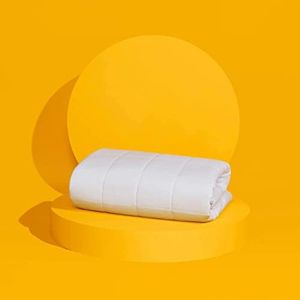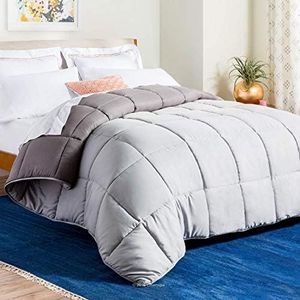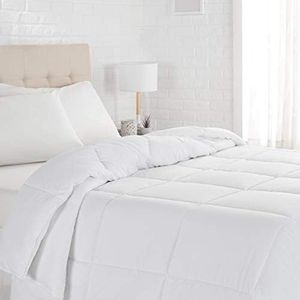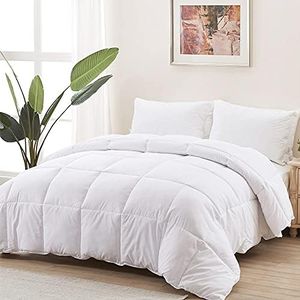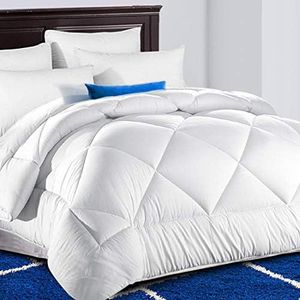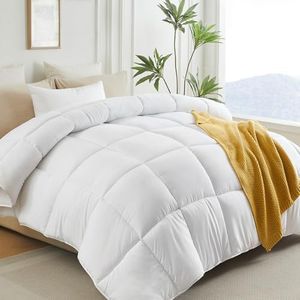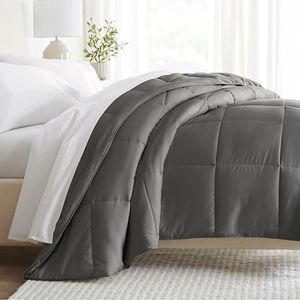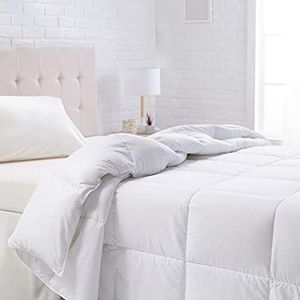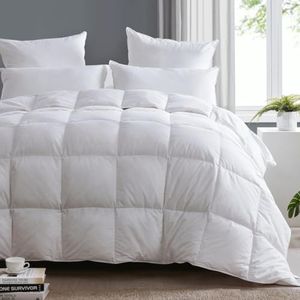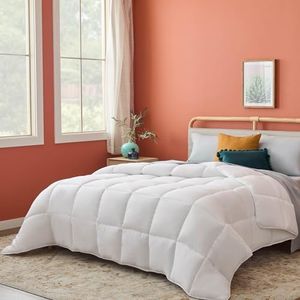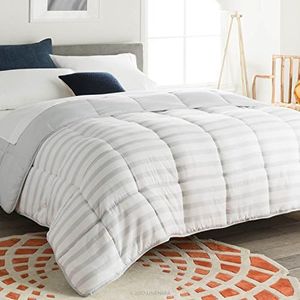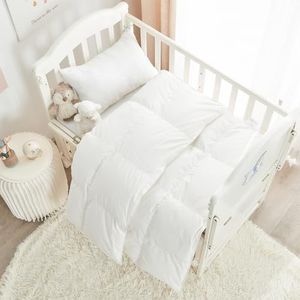We Use CookiesWe use cookies to enhance the security, performance,
functionality and for analytical and promotional activities. By continuing to browse this site you
are agreeing to our privacy policy
10 Best Hypoallergenic Down Comforters
From leading brands and best sellers available on the web.Buying Guide for the Best Hypoallergenic Down Comforters
Choosing the right hypoallergenic down comforter is all about ensuring a clean, cozy, and irritation-free sleeping environment. Hypoallergenic down comforters are designed to minimize exposure to allergens, making them ideal for people with allergies or sensitive skin. To find the perfect one for you, it’s important to consider what makes the comforter both safe and comfortable, paying close attention to the materials, construction, and maintenance needs. By carefully comparing a few key specifications, you can ensure your sleep is both serene and sneeze-free.Fill MaterialThe fill material refers to what’s inside the comforter and is the source of warmth and softness. For hypoallergenic options, the fill can be natural down that has been specially cleaned to remove allergens, or synthetic alternatives that mimic the feel of down without any animal fibers. Natural down tends to be warmer and more breathable, but always look for labels like 'hypoallergenic' or 'allergy-friendly.' Synthetic fill is a safer bet for people with severe allergies and is usually more resistant to dust mites. Think about your sensitivity level and whether you prefer natural or synthetic materials to guide your choice.
Shell FabricThe shell fabric is the outer material covering the fill. This layer is crucial because tightly woven fabrics act as a barrier to dust mites and allergens. Cotton is a popular choice for being soft and breathable, while microfiber and blends often provide even tighter weaves and increased allergen resistance. When comparing shell fabrics, consider the weave density—often described as 'thread count.' Higher thread counts (usually above 300) typically prevent allergens from penetrating, so for extra allergen protection, look for comforters with a high-density shell.
ConstructionConstruction refers to how the comforter is put together inside—specifically, how the fill is held in place. Baffle box, sewn-through, and gusseted designs are common. Baffle box construction, with fabric walls inside, keeps the fill evenly distributed, minimizing cold spots and clumping, and is favored for long-lasting fluffiness. Sewn-through styles are generally less lofty but still reliable for moderate climates. If you want consistent warmth and a comforter that retains its shape, look for baffle box construction. For lighter warmth, sewn-through construction is a good choice.
Warmth LevelWarmth level describes how insulating or cozy the comforter will be, which is usually related to the fill weight or fill power. Some comforters are marked as lightweight, medium, or extra-warm. Lightweight options are best for warmer climates or if you tend to sleep hot. Medium levels suit most people through all seasons, while extra-warm versions are great for cold climates or if you like to be toasty at night. Think about your usual bedroom temperature and your comfort preferences when picking the warmth level.
Ease of CleaningEase of cleaning means how simple it is to wash and maintain the comforter. Some down comforters are machine-washable, while others require dry cleaning. Synthetic options are often easier to wash at home, making them more convenient for allergy sufferers, as regular washing reduces allergens. If you need to wash your comforter often due to allergies, or just want low-maintenance bedding, make sure to pick one that is machine-washable and easy to care for.
CertificationsCertifications are official labels or seals that confirm the product meets certain hypoallergenic or environmental standards. Look for certifications like OEKO-TEX or allergy-specific labels, which ensure the comforter is free from harmful chemicals and allergy triggers. These can offer peace of mind, especially if you have sensitive skin or health concerns. When in doubt, choosing a comforter with reputable certifications can help you feel confident about the product’s safety.

